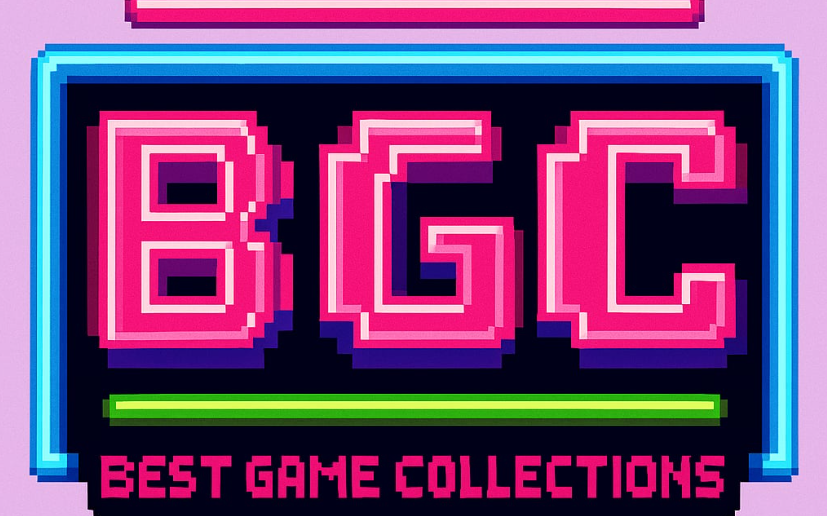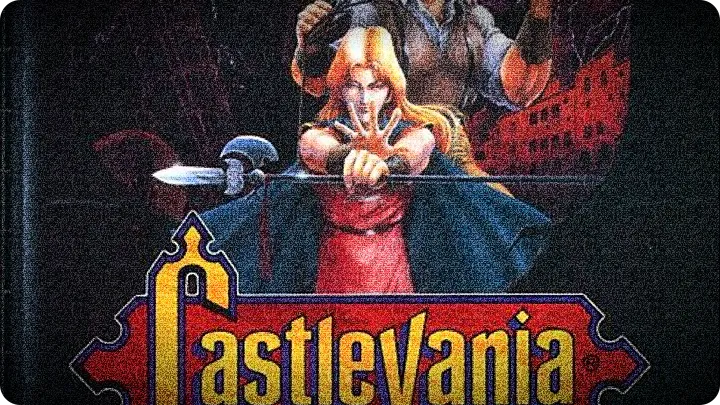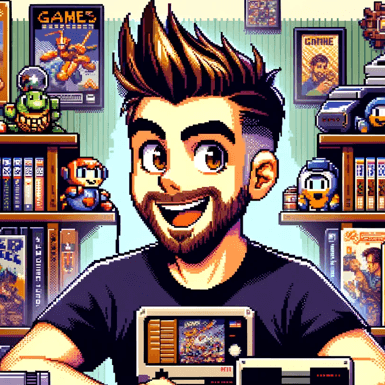 Did you know Konami began in 1969 as a jukebox rental and repair shop before building its arcade-to-living-room empire? It fits. Bloodlines feels like it was scored by someone with a drum machine stashed in the basement.
Did you know Konami began in 1969 as a jukebox rental and repair shop before building its arcade-to-living-room empire? It fits. Bloodlines feels like it was scored by someone with a drum machine stashed in the basement.
 That’s a neat bit of trivia while we wait for the intro. The plot wastes no time: 1917, Elizabeth Bartley trying to resurrect Dracula at Versailles — pure theater. Konami built this one with Genesis hardware in mind. The crispy sprite edges and bold colors make the Gothic sets shine.
That’s a neat bit of trivia while we wait for the intro. The plot wastes no time: 1917, Elizabeth Bartley trying to resurrect Dracula at Versailles — pure theater. Konami built this one with Genesis hardware in mind. The crispy sprite edges and bold colors make the Gothic sets shine.
 Jumping in as John Morris, the whip feels solid and responsive — very Belmont. Movement is tight with no floaty jumps, so platform precision matters. Switching to Eric shows a snappier style. His ranged weapon covers arcs John struggles with. Having two playstyles in one cartridge is a big plus.
Jumping in as John Morris, the whip feels solid and responsive — very Belmont. Movement is tight with no floaty jumps, so platform precision matters. Switching to Eric shows a snappier style. His ranged weapon covers arcs John struggles with. Having two playstyles in one cartridge is a big plus.
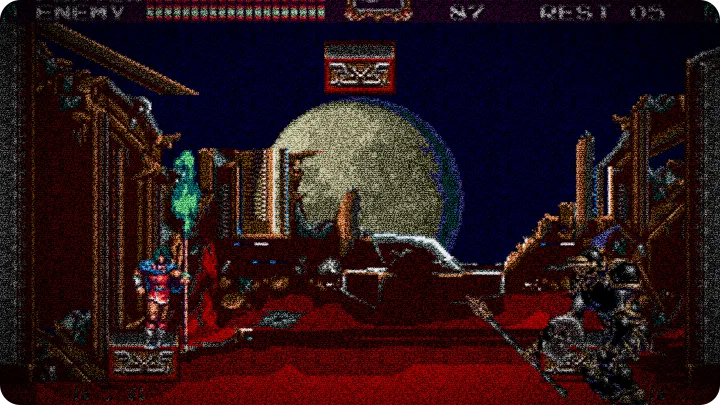
 Stage design stands out. Each area has a unique tone: foggy streets, ornate interiors, or hazard sequences that demand split-second choices. Enemy variety keeps things fresh. The mix of fodder enemies and mini-bosses balances boredom with pattern-reading challenges.
Stage design stands out. Each area has a unique tone: foggy streets, ornate interiors, or hazard sequences that demand split-second choices. Enemy variety keeps things fresh. The mix of fodder enemies and mini-bosses balances boredom with pattern-reading challenges.
 Music and sound effects are doing a lot of heavy lifting — the soundtrack drives the pace of fights. Boss themes are punchy, and some of the tracks have a memorable hook I can hear after turning the console off. Sprite animation is slightly limited compared to arcade machines, but the character art has personality and some bosses are gloriously over-the-top.
Music and sound effects are doing a lot of heavy lifting — the soundtrack drives the pace of fights. Boss themes are punchy, and some of the tracks have a memorable hook I can hear after turning the console off. Sprite animation is slightly limited compared to arcade machines, but the character art has personality and some bosses are gloriously over-the-top.
 Controls are mostly excellent, but this is where the “B” kind of sits: occasional hitbox quirks and difficulty spikes crop up. A couple of later bosses change patterns mid-fight and the room becomes a choreography of projectiles and tight platforms. It feels fair most of the time, but there are moments where the game almost expects a pixel-perfect leap.
Controls are mostly excellent, but this is where the “B” kind of sits: occasional hitbox quirks and difficulty spikes crop up. A couple of later bosses change patterns mid-fight and the room becomes a choreography of projectiles and tight platforms. It feels fair most of the time, but there are moments where the game almost expects a pixel-perfect leap.
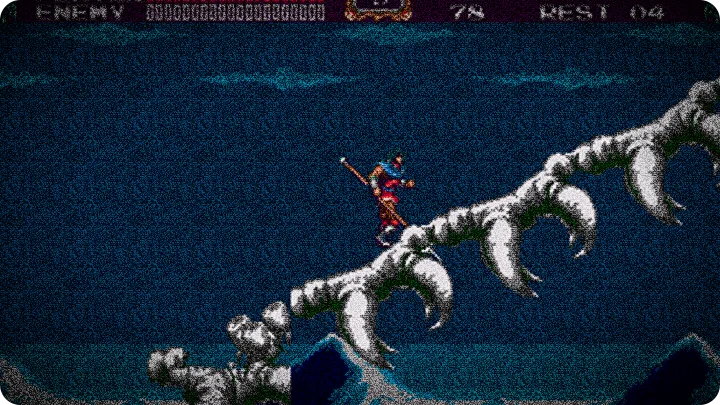
 Noticed a little slowdown when the screen fills with effects — not crippling, just old-hardware charm. It actually becomes part of the tension in a few sequences, for better or worse. Also, I appreciate the variety in subweapons and how they change the rhythm of combat; using them wisely is satisfying.
Noticed a little slowdown when the screen fills with effects — not crippling, just old-hardware charm. It actually becomes part of the tension in a few sequences, for better or worse. Also, I appreciate the variety in subweapons and how they change the rhythm of combat; using them wisely is satisfying.
Hot Tips
- Pick the character that matches your patience: John for classic whip reach and steady play, Eric for a more aggressive, longer-range approach.
- Use your secondary weapons — they will clear clusters and interrupt boss projectiles. Conserve hearts and pick the right tool for each boss.
- Memorize the jump arcs in platform-heavy rooms; the game rewards rehearsed moves rather than button-mashing.
- When bosses shift phases, pause mentally and look for the new tells. Punishing a wrong jump is more common than you’d expect.
- If you find yourself stuck, experiment with switching the timing of your subweapon throws; some enemies are vulnerable during their wind-up.
 Memorable moments already — there was a mid-level encounter where the whole background shifted and a chandelier crash turned the room into a hazard course. I laughed out loud. Also, the miniature set pieces — a collapsing bridge, a room with shifting floors — are little bits of design that feel cinematic.
Memorable moments already — there was a mid-level encounter where the whole background shifted and a chandelier crash turned the room into a hazard course. I laughed out loud. Also, the miniature set pieces — a collapsing bridge, a room with shifting floors — are little bits of design that feel cinematic.
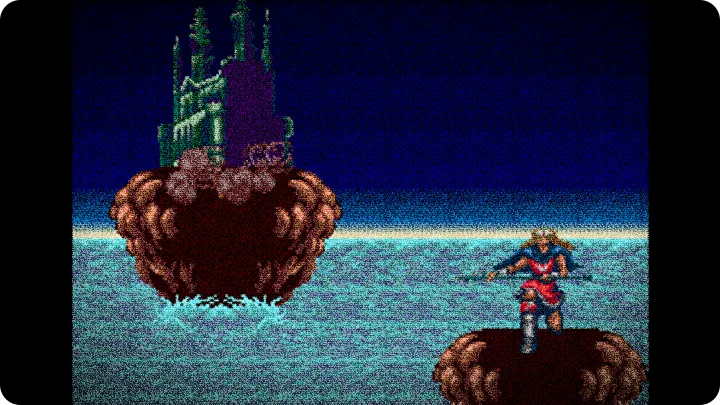
 I have an anecdote: near the end, the music changes and the whole screen feels colder. The lights in the hall flicker and Elizabeth’s reveal is theatrical in a way only 16-bit games can be — bold silhouette, a blink-and-you-miss animation that sold the villain instantly. Then the real challenge begins. The final confrontation is multi-phased; you dodge, you learn the rhythm, and then the stage geometry becomes part of the fight. It is tense and, when you finally land the finishing blow, genuinely satisfying.
I have an anecdote: near the end, the music changes and the whole screen feels colder. The lights in the hall flicker and Elizabeth’s reveal is theatrical in a way only 16-bit games can be — bold silhouette, a blink-and-you-miss animation that sold the villain instantly. Then the real challenge begins. The final confrontation is multi-phased; you dodge, you learn the rhythm, and then the stage geometry becomes part of the fight. It is tense and, when you finally land the finishing blow, genuinely satisfying.
 The final boss sequence is a highlight but also a point where the design shows contrast: fantastic dramatic beats and a sense of spectacle, but a few windowed hitboxes and that occasional difficulty bump make it feel like the last stretch was rushed. Still, the finale has a nice flourish — a twist that rewards the journey.
The final boss sequence is a highlight but also a point where the design shows contrast: fantastic dramatic beats and a sense of spectacle, but a few windowed hitboxes and that occasional difficulty bump make it feel like the last stretch was rushed. Still, the finale has a nice flourish — a twist that rewards the journey.
 So, overall: strong presentation, engaging level design, and a soundtrack that sticks with you. But this is not flawless. A few rough edges — clunky collision moments, the occasional slowdown, and a few unfair difficulty spikes — keep it from being perfect. Still, for 1994 on the Genesis, it is a worthwhile ride for anyone who likes platform combat with a Gothic twist.
So, overall: strong presentation, engaging level design, and a soundtrack that sticks with you. But this is not flawless. A few rough edges — clunky collision moments, the occasional slowdown, and a few unfair difficulty spikes — keep it from being perfect. Still, for 1994 on the Genesis, it is a worthwhile ride for anyone who likes platform combat with a Gothic twist.
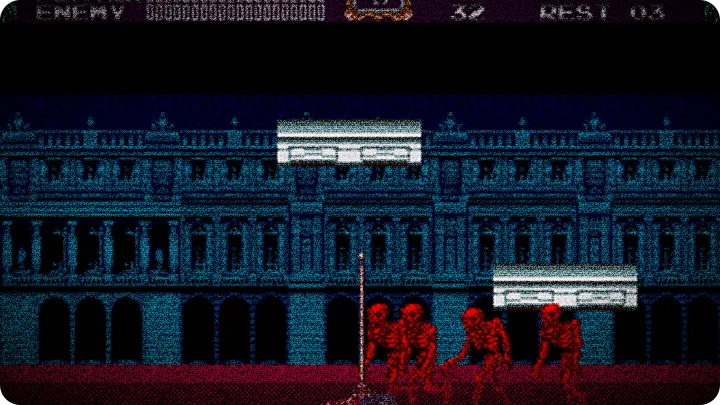
 Agreed. It feels like a classic Konami effort — ambitious, stylish, and sometimes temperamental. If you enjoy learning levels and mastering patterns more than getting saved by a generous checkpoint, this will reward you. Now, pass the controller — your turn to face that boss phase I burned out on.
Agreed. It feels like a classic Konami effort — ambitious, stylish, and sometimes temperamental. If you enjoy learning levels and mastering patterns more than getting saved by a generous checkpoint, this will reward you. Now, pass the controller — your turn to face that boss phase I burned out on.
more info and data about Castlevania: Bloodlines provided by mobyGames.com
